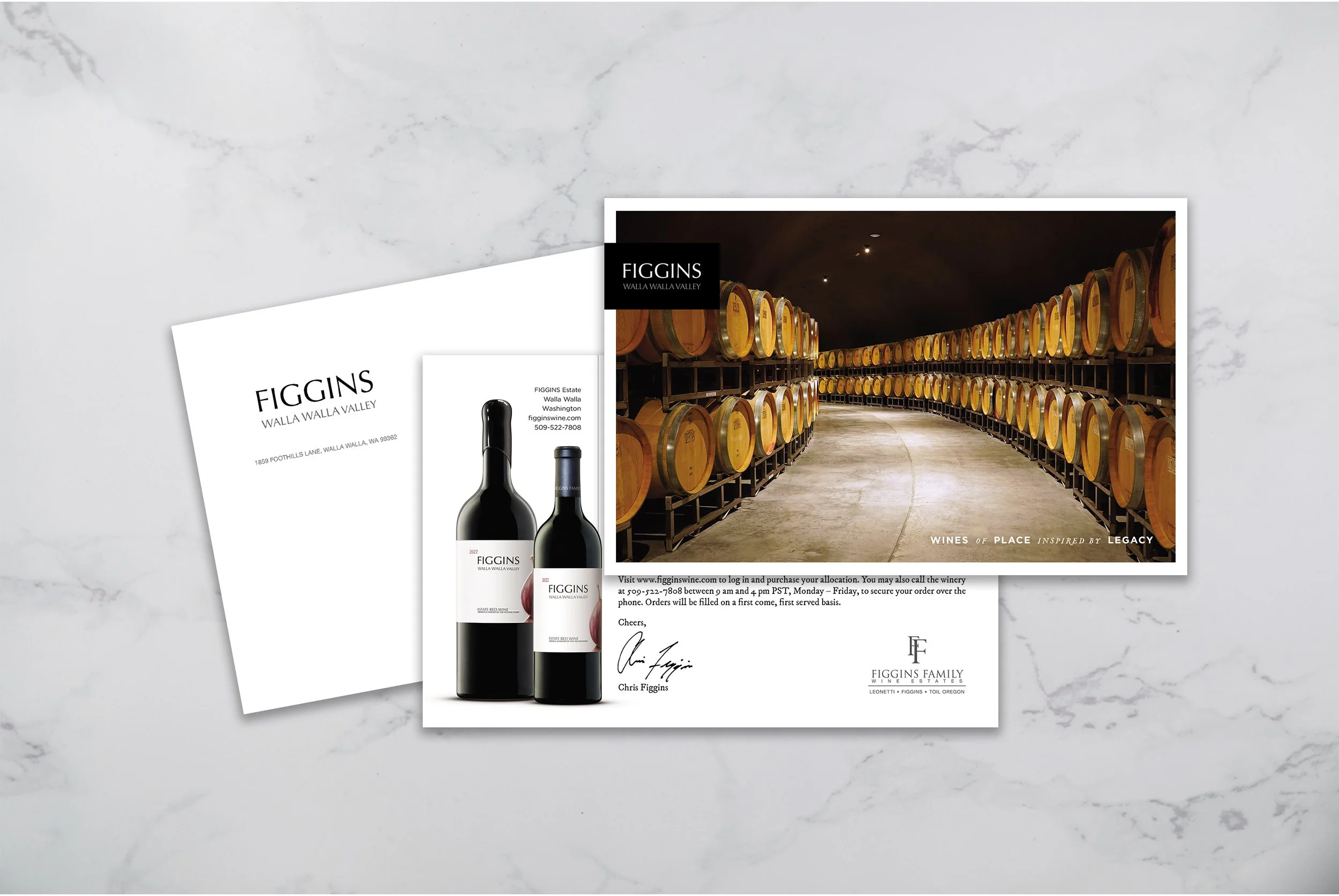An online catalog can either be a brand’s best sales engine—or its fastest way to overwhelm a visitor. The difference is in design and discipline. A great catalog doesn’t just “list products”; it curates them, guides discovery, and makes exploration effortless. If you’re loading dozens (or hundreds) of items, the key is thinking like a shopper, not just a seller as you build your website.
75% of People Judge Your Business by Its Website—Here's Why Design Matters
You only have a few seconds to make a good impression online.
That’s why good, intuitive design is so vital. Humans see thousands of images every day, so you have to give them reason to pay attention to yours. Not only is it about creating a visually arresting look, but good design engages the human brain on a subconscious level.
IS FEAR KEEPING YOU FROM GETTING A NEW WEBSITE? TRY THIS.
Before & After: A Bold New Look for Our Client’s Website
Discover 12 Secrets of a Winning Website
How To Keep Your New Website Project on Budget and On Schedule
11 Reasons To Update Your Website
How To Get More Than You Paid For From Your Web Vendor
As a client, you may not realize how much you can do to get the most for your investment. The place to start is with an understanding of how web vendors estimate their costs and manage the project. Your web vendor typically allocates a set number of hours to create your new website. Usually, they will include some time in their estimate to allow for good ideas to emerge in the creative process that can't be anticipated. That's good.
CMBell and Clients Win Hermes Awards
Web Design Magic: 5 Visual Cues That Speak To Our Subconscious
Level-up Your Website With These 12 Tips
Take the First Step Towards Getting a Winning Website
Creating a new website can easily slip into the “not today” category, and for good reasons.
It’s easy to get caught up in a flurry of worries like: What if I can’t find the right vendor? How can I be sure that I’ll get a website that helps grow our business? What if there are cost overruns? What if there are delays? What if I haven’t managed an outside web vendor before? Or where do I even begin?
How Two of Your Company's Web Pages Could Be Hurting Your Business [and What You Can Do About It]
Why are the “Job” and the “About Us” pages so frequently lackluster on business websites?
For most, it's probably a practical reason. Once that content is developed, there's generally little reason to revisit it. It falls into that perilous category of important but not urgent, and there it languishes—missing untold opportunities to persuade, compel, and sell.
Are You Losing Customers Because of Your Website?
If you’re in business, it’s likely that more prospective customers will visit your website than your actual storefront. In fact, your online presence is a vital determinant in whether visitors will buy from, support, work for, or donate to your cause.
Creators of great websites understand this and artfully use the tools that can convert your visitor into a customer. You can too.
A Primer on Uploading and Distributing Videos
Great Design Is No Longer a Luxury
In some circles, great design is still considered a luxury. But more often than not, this idea is a fatal flaw for a brand.
Today’s consumer has sophisticated visual tastes created by the most creative communicators in the world. Their reference point for this is not just your competitors—it’s every message they get from any industry.
This is why great design is actually a brand differentiator. Great design provides instant visual cues about your brand that affiliate it with other brands familiar to the viewer—allowing them to decide in as little as a second if they want to further engage with you. The more oversaturated people are with information, the more they rely on these cues as short cuts for adjudicating a product or service. It’s simply an efficient way of navigating information.
Here are some common mistakes brands make when they don’t embrace this important truth:
- Spend heavily on a media buy, but use so-so stock images and design that send the viewer packing after one look.
- Spend millions on a new building and cheap out on photography. A top-drawer architectural photographer will bring a wow to your image that will pay off handsomely.
- Invest in new technology or services, then depict them on a visually inferior website.
It’s better to go with less in other areas than to settle for also-ran design.
















![How Two of Your Company's Web Pages Could Be Hurting Your Business [and What You Can Do About It]](https://images.squarespace-cdn.com/content/v1/520ae1d7e4b0734e32e175ff/1550591859318-98TJUVXXESXZP6Y5ZMYM/airbnb.imac-3+2.jpg)


